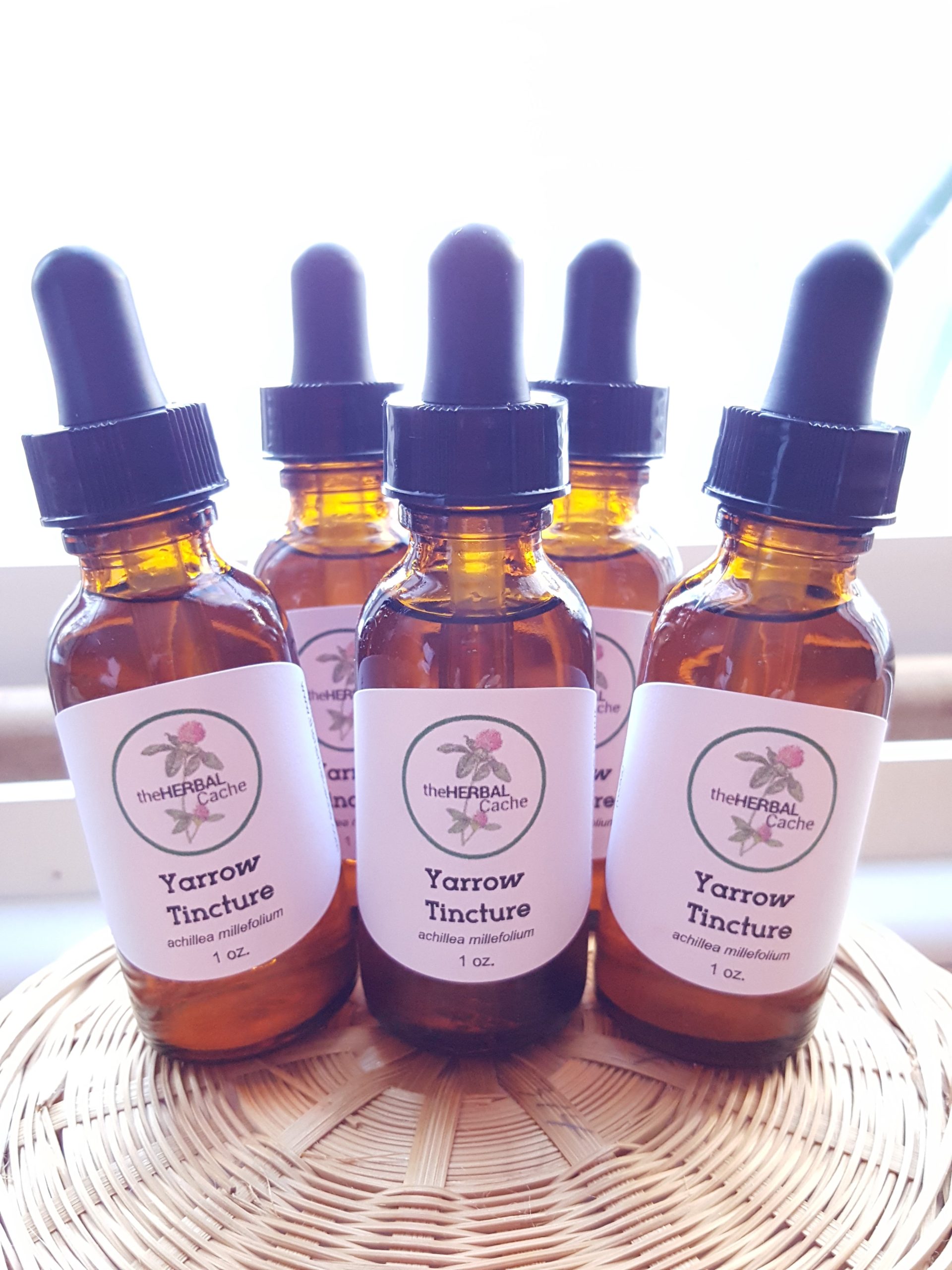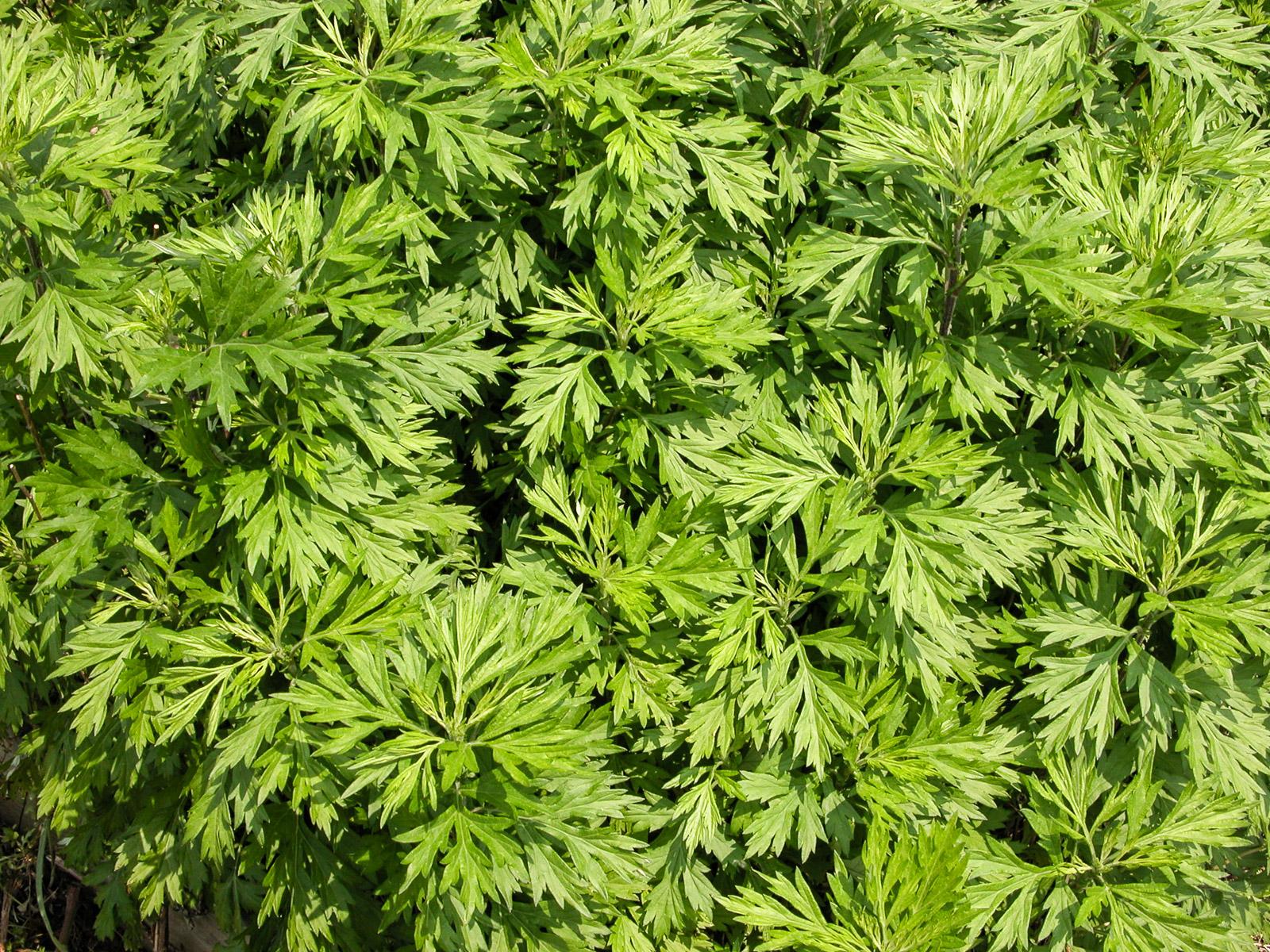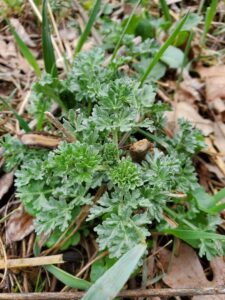×
Save 20% On Your Purchase!
Use code SAVE20 at checkout to save on your purchase today from my Herbal Shop!
×


There is the common myth that using herbs for medicinal purposes takes a long time to feel or see results. I think one reason for this is because people today are comparing them to allopathic medicine, or “modern” medicine. They expect immediate results.
But the real answer is that it all depends.
I know, not the answer you were hoping for. So it depends on what?
There are a number of factors, or variables, that determine how and when you will feel or see an herb taking effect.
Lets check out a few of these factors.
Different herbs work in different ways, so depending on the herb will determine how soon you notice the effects from it, if any. There may be an herb that just isn’t meant for you.
Take kava, for example, which can often be felt in 10 to 20 minutes, sometimes even sooner. Bitter herbs, such as dandelion and ginger, which are taken for digestive issues, also take effect within a short time. The reason they are taken before meals.
Astringent herbs, like yarrow and witch hazel, are tonifying, and will take longer for results to appear.
In acute situations, such as upper respiratory illness, urinary tract infection, nausea, headache, cramps, the herbs can be effective quickly. Results may be seen the same day the herb is taken and only need to be used for a short time.
In chronic conditions, such as arthritis, allergies, asthma, chronic constipation, etc., an herb can take from a couple weeks to several months to reach full effect. Although many chronic conditions may require taking herbal medicine for a longer period of time, small signs may be apparent when first starting to take the herb.
There are a number of ways an herb can be administered. It can be a tincture, tea, capsule, tonic, etc.
Tinctures are well-absorbed and begin working very quickly. But the key word here is begin. Noticeable effects or results can vary greatly. Some herbs that affect the nervous system can produce noticeable effects in a short period of time.
Taking an herb in capsule form will take longer, as the body needs to break down the capsule through digestion.
Tonics usually show results over a period of time.
A lot of things determine how fast an herb will give you an outcome you are happy with. If you get an outcome.
Keep in mind, everyone is different. So what works for one person, may not work for you. Patience is key when working with herbs.
Also, for herbs that take longer to work, you may not even notice it. Acne that was once a problem may slowly disapper. And one day you’ll notice that your acne issue is gone!
The key is research and patience together. This will help you find the herbs meant for you to live a more healthy and fulfilling life.
Read my other blog posts in this series of “Myths in Herbal Medicine” and let me know what you think.

Mugwort, Artemesia vulgarisis, most commonly known as the plant for dreams. As the name suggests, this herb effects the subconscious and promotes vivid dreams. It is named after Artemis, the Greek goddess of the moon and hunt and has a rich history in many herbal traditions as an herb used in spiritual and ritual functions.
Mugwort has seen many uses throughout the years. It is believed that St. John the Baptist put it in his clothing when he was out in the wilderness for protection, hence its nickname, St. John’s Plant. To help increase stamina, Roman solders placed it in their sandals before going off to battle. The Anglo-Saxon tribes believed that mugwort was one of the Nine Herb Charms gifted to the world by the god Woden.
Some Native American tribes used mugwort as a tool to ward off evil spirits. The 16th century herbalist and astrologer, Nicholas Culpeper, associated it with the planet Venus and therefore is considered a nourishing herb for women’s health and vitality.
Mugwort has been notated as far back as 3 B.C., where it can be found in Chinese poetry and ballads.
And for those beer lovers, mugwort was used before hops became the standard in recipes.
Like the title of this blog post says, mugwort has so much more to offer then just dreams.
Mugwort contains several analgesic compounds, including monoterpenes, that help with pain when used topically. Traditional Chinese Medicine has a long history of using this herb for pain relief.
Because mugwort is considered a diuretic, it stimulates urination, one of the best way for your body to eminate toxins. In conjunction, it may also benefit the kidneys and bladder, improving their function and reducing the likelihood of infection.
With its high concentration of vitamin C and other antioxidants, mugwort is wonderful for helping support your immune system. Because vitamin C acts as a powerful antioxidant, it also helps neutralize the free radicals that cause inflammation and weaken the body’s immune system.
Several of its active compounds also stimulate the production of bile, which can speed digestion. Mugwort also helps to ease indigestion, stimulates appetite, reduces bloating and cramps. It may also combat uncomfortable conditions like constipation and diarrhea.
Be careful, as it is also a natural laxative. So don’t overdo it.
Mugwort can help in the treatment of dysmenorrhea, or menstrual cramps. It can also stimulate and regulate menstruation and support the body during the menopausal transition. Please note, pregnant women should not take it because it could lead to miscarriage and premature labor.
With its high concentration of potassium, iron, and calcium, mugwort is excellent for helping to maintain healthy bones and preventing osteoporosis, along with other age-related bone issues.
The beta carotene-derived vitamin A, found in mugwort, might protect against macular degeneration and slow cataract development.
A 2017 review concluded that aqueous and alcoholic (i.e., tea and tincture) extracts of mugwort and other species within the Artemisia genus can effectively decrease blood glucose levels with relatively lesser side effects than standard antidiabetic medications.
Mugwort, like its sister plant wormwood, it can help get parasites and intestinal worms out of your body. It also works against candida, including Staphylococcus aureus, Bacillus typhi, B. dysenteriae, streptococci, E. coli, B. subtilis, and pseudomonads (a 2020 review featured in PubMed by Halina Ekiert confirms this).
The nervine properties of mugwort may make it very helpful for treating anxiety, depression, and chronic stress. Herbalist David Hoffman writes, “[Mugwort] has a mild nervine action, which also appears to be related to volatile oil content, that may help ease depression and tension.” Need to relax? Make a cup of mugwort tea.
It has long been used for treating malaria since the outbreak in 1970, including the high-drug resistant strains. Mugwort contains artemisinin, an active chemical compound extracted from artemisia plants that makes it a perfect treatment for malaria.
Burning certain dried herbs helps to kill bad bacteria lingering around.
Mugwort has antimicrobial properties, so if you just want to purge your house of nasty bacteria, consider using a mugwort smudge or incense.
Mugwort has long been praised for its “psychic” and even “hallucinogenic” properties. But in reality, its hallucinogenic properties are nowhere near as intense as herbs like wormwood (which mugwort is related to) or vervain, and those who have experienced a narcotic high won’t find the experience similar at all.
Some users have claimed that it helps them remember their dreams more vividly and even have the occasional lucid dream.
Mugwort is a perennial that self-seeds and will grow just about anywhere, in fields and along roadways. It is considered an invasive weed in many places because it is fast-spreading .
It is a tall, upright plant, reaching six feet, with beautiful feathery leaves. The tops of the leaves vibrant green and the undersides have a silver iridescent hue.
It is in the Asteraceae family, so if you are allergic to daisies, you may want to be careful in how you interact with mugwort.
During the summer, mugwort displays small red, pink, orange, and yellow flowers. It’s known for being attractive to pollinators like bees and butterflies.

There are many ways to use and take mugwort. The entire plant can be used, the roots, leaves and flowers. Listed below are some to get you started on your mugwort journey.
The flowers and leaves can be used in a variety of food dishes. It pairs well with rich, heavy foods, helping to digest them more easily.
This herb can be used like any other green. It can go raw into salads. It does have a bitter taste, so start with just a small amount mixed with other greens.
Mugwort also goes well in soups and stews, like cilantro or parsley. Don’t stop there, you can add it to rice, chicken and fish to add flavor.
Being it is a green, throw some into your next green smoothie, if that’s your thing.
Because mugwort helps with gas, stomach acid, bile production, and overall digestion, tea is an easy way to handle these issues.
Taking it as a tea before going to bed helps to soothe the nerves. It could also give you some interesting dreams!
Fun fact: Back in WWII, when tea became a pricey luxury, mugwort was used as a tea substitute in some parts of England.
Tinctures are a simple and easy way to get mugwort into your system. You can either make your own or purchase it from an herbalist or natural wellness store.
This is a traditional Chinese medicine technique that involves the burning of mugwort to promote healing with acupuncture.
Mugwort leaves are dried and then lit over acupuncture points to circulate and strengthen blood and move energetic qi stagnation in the body. This facilitates energetic movement where there is limitation, restriction and stagnancy in the mind, body, and spirit.
Using a mugwort smudge stick can help to purify and clean the air. It can get rid of bacteria and other pathogens that may be in the air.
If you have problems with aphids or other insects in your garden, you may want to consider having a plant or two of mugwort. Remember, mugwort can be a bit greedy when it comes to space, so growing it in a pot will help it from taking over your garden.
A 2013 study affirmed this traditional knowledge of mugwort’s insecticidal properties, finding that even low concentrations of mugwort essential oil repelled and killed mosquito larvae.
You can make a weak mugwort tea and put it in a spray bottle for a bug spray.
You can purchase my Mugwort Tincture from my Herbal Shop today.
I wildcraft the plant myself in Central MN and make the tinctures in small batches.
I use the folk method for making all my tinctures, which uses no measurements except sizing things up with your eyes. So I put the plant material in a jar and then fill with alcohol.
The tincture comes in a 1 oz bottle with dropper.
Sumac grows pretty abundantly here in the Midwest. You’ll see it along highways, roadsides, in parks and on the edges of yards.
I think it looks rather stately in late summer and early fall with its reddish fruit, called drupes, popping out from the green vegetation.
There is a poisonous sumac, but it has white berries. So its pretty easy to stay away from that particular plant. I had always thought all sumac was poisonous, but now I know better.
Sumac has a few different uses, from creating a beautiful natural backdrop, to being a refreshing beverage, to being a lemony spice to top off a food dish.
I never know sumac could be eaten, till a few years ago, when I came across an article for sumac-ade. So I had to give it a try, since I had a lot of wild sumac near me. And I have to say I was surprised at the refreshing taste, like a twist on lemonade!
Sumac-ade is made by putting the fruit in a large jar or bowl and running cold water over it. Let it sit for an hour or two and then strain out the fruit, leaving an infused lemony tasting beverage! Some people will make a hot infusion, but I think that brings out more tartness, so I prefer doing the cold water method.
You can get a sample of the lemony tart flavor by just rubbing your fingers on the fresh fruits and licking your fingers. But don’t do it after a rainfall, as it will wash away the flavor. Wait till the fruits are dry.
Sumac, in its many forms, can be found throughout the world. In the Middle East, the sumac fruit is ground up into a spice that they use on some of their dishes to give it that slight lemony taste. Za’atar is a spice blend using sumac. You can find the recipe here.
Sumac is very high in Vitamin C and I’ve heard it can be added to a homemade natural cough syrup. It is also an antioxidant.
I picked some sumac a few weeks ago and have let it dry. I’m now working on getting all the fruit off of the stems so I can grind it up and make some sumac spice. I’m anxious to try it on some of my food dishes.
Just need to find a coffee grinder first…
Resources and References:
http://www.backyardforager.com/sumac-a-necessary-spice/
http://www.bonappetit.com/test-kitchen/cooking-tips/article/how-to-make-za-atar-spice-at-home
https://nowiveseeneverything.wordpress.com/2013/10/16/sumac-rhus-typhina-and-rhus-glabra/
Don’t you love the wonderful aroma of walking through a flower garden, or the whiff of lilacs in bloom? And doesn’t the smell make you feel good and refreshed?
By using aromatherapy inhalers, you can have your favorite scents with you all the time, and receive the benefits of the essential oils used in a particular inhaler.
Depending on what you want, using different essential oils can help how you feel, lift your spirits, relax you, offer immune support, give you energy, etc…
For instance, eucalyptus and balsam fir can help with your immunity; lavender and clary sage can help with sleep, and rosemary and orange can help you focus.
There are many places to look up how each essential oil may help you. I utilize the Aromahead Blog a lot to learn about different oils and their benefits.
Aromatherapy inhalers are very simple to use. You just unscrew the cap and inhale from the tube, counting slowly as you inhale, 1, 2, 3, 4, 5. The essential oil molecules get absorbed into your bloodstream via your nasal cavity and get dispersed throughout your body.
Not only are they simple to use, but they are small enough to take with you on the go. So you never have to be without one.
You can make your own inhalers or purchase them. I personally like to make mine because then I can create my own scents with the essential oils I have. The key to that is to write down how you make it, so if you really like it, you will know how to make it next time.
If you are a DIY’er, here is a site that can help get you started on a number of different blends.
I get my blank inhalers off of eBay because I like the price, and I get an array of colors. But there are many places on the internet and in stores, where you can purchase them.
If you are not up to making your own inhalers, you can purchase them. Many natural health food stores will sell them and you can find them at my Etsy shop.
Using an inhaler is a wonderful and simple way to help you enjoy a healthier lifestyle. So go ahead, and take a deep breath!
It never fails, there is always some kind of epidemic circulating in our communities during this time of year, like the norovirus. We all know someone who is ill, and who can’t participate in all the festivities. Bummer!
A few years ago, I was out sick, big time, for the holidays, and it was not fun at all. My stomach ached from coughing so much, and my mind was mush. My boyfriend finally talked me in to go and see a doctor (I do hate going to see doctors). Come to find out, I had strep throat, even though I didn’t have the normal symptoms for it.
So, how do you prevent you and your loved ones from catching any one of those dreaded, sneaky epidemics? Education and prevention. (more…)